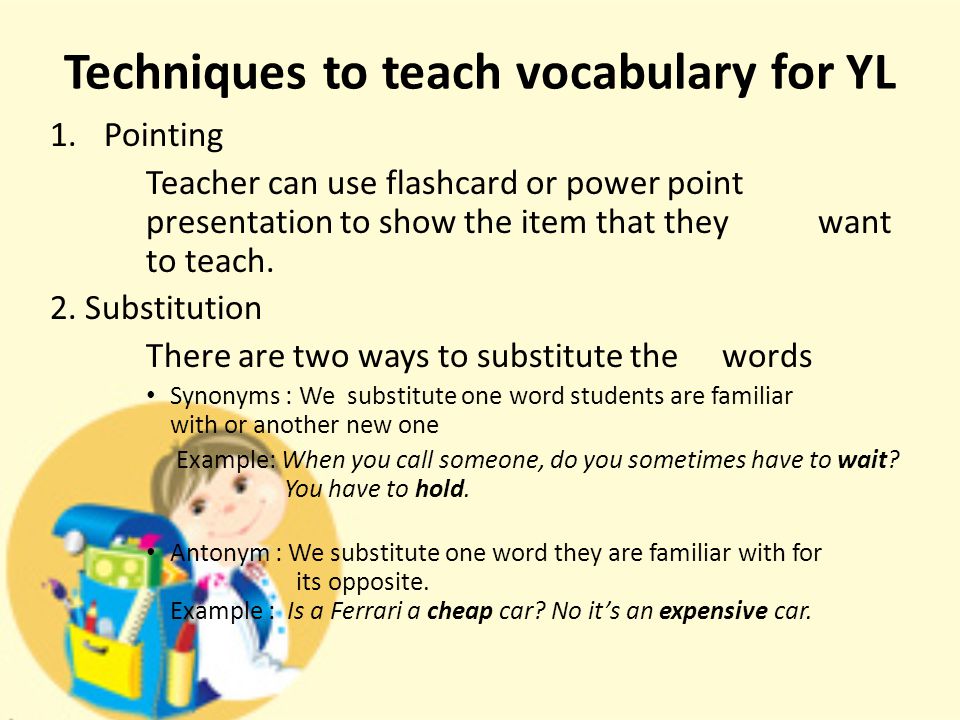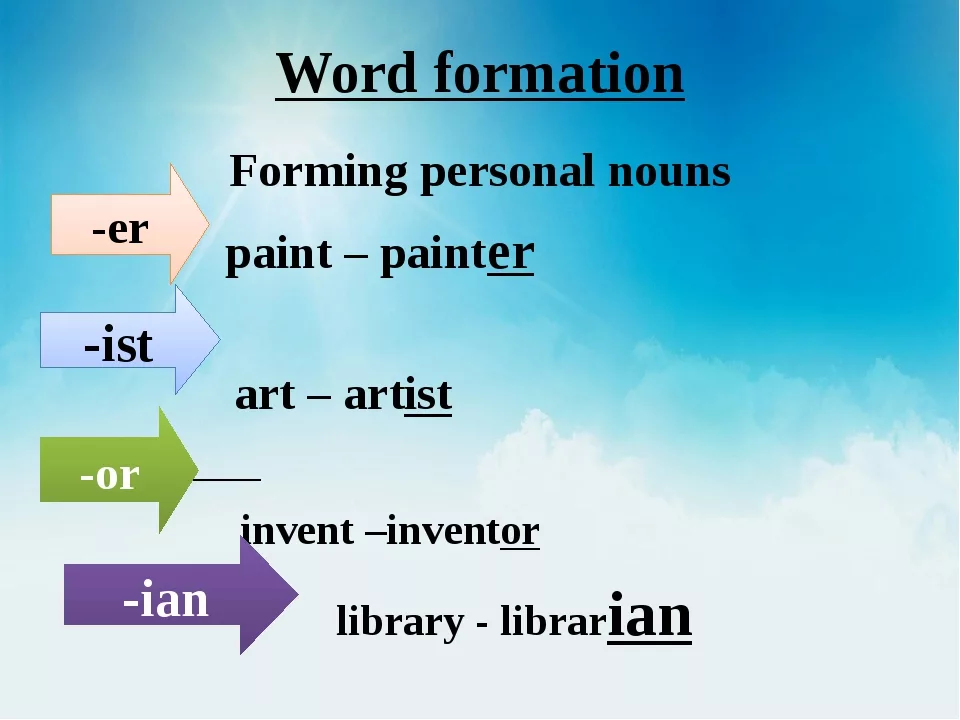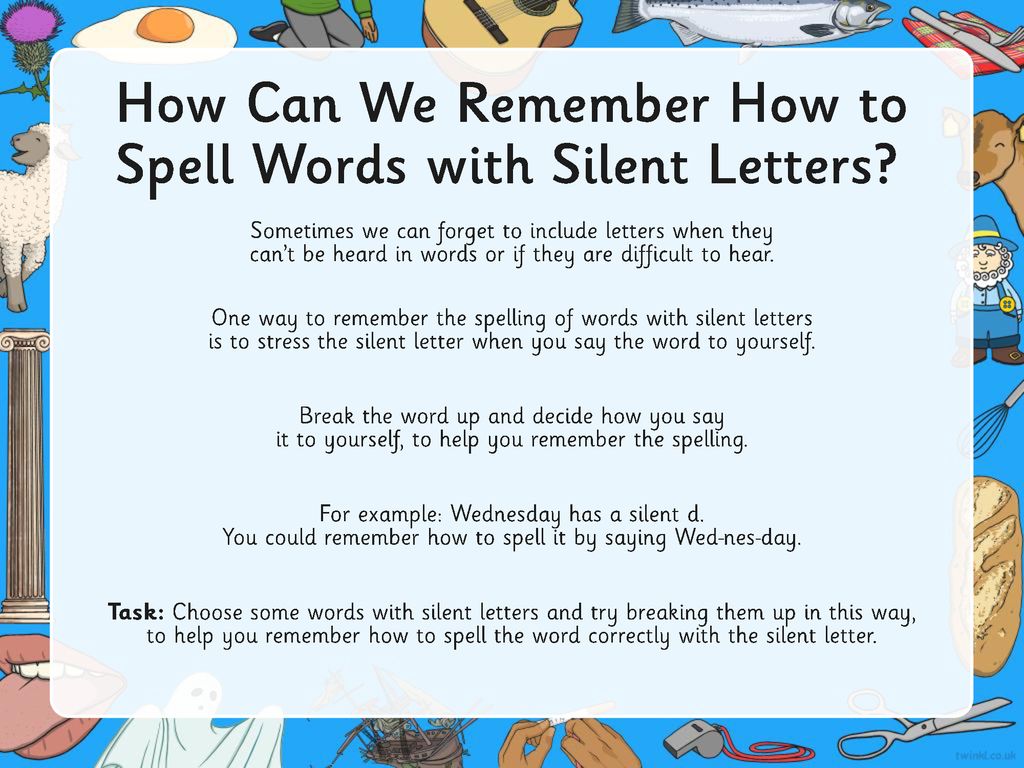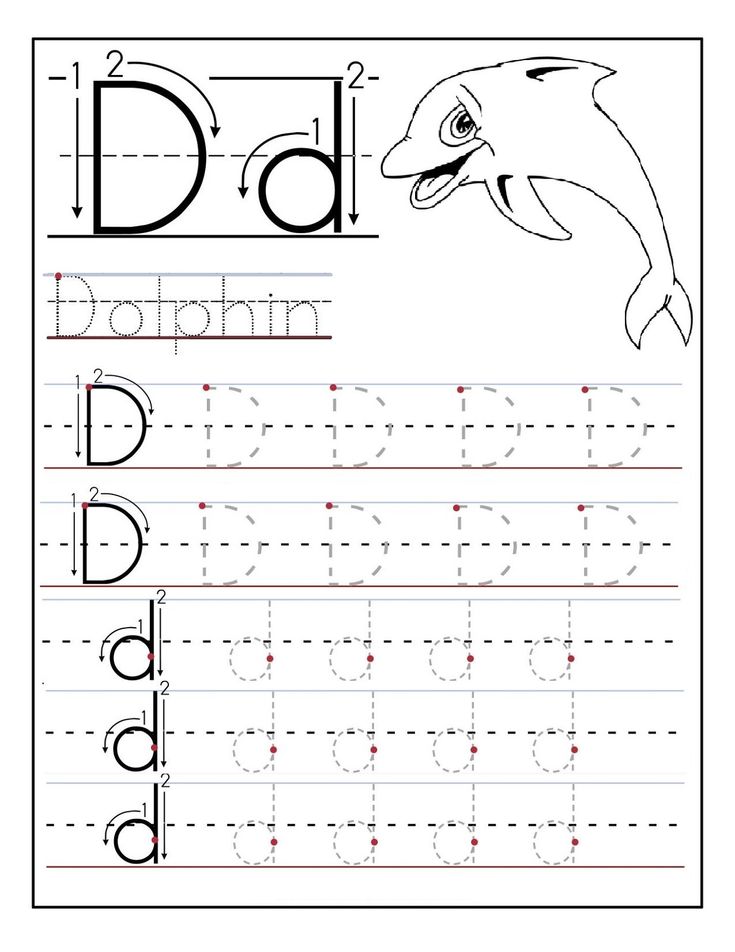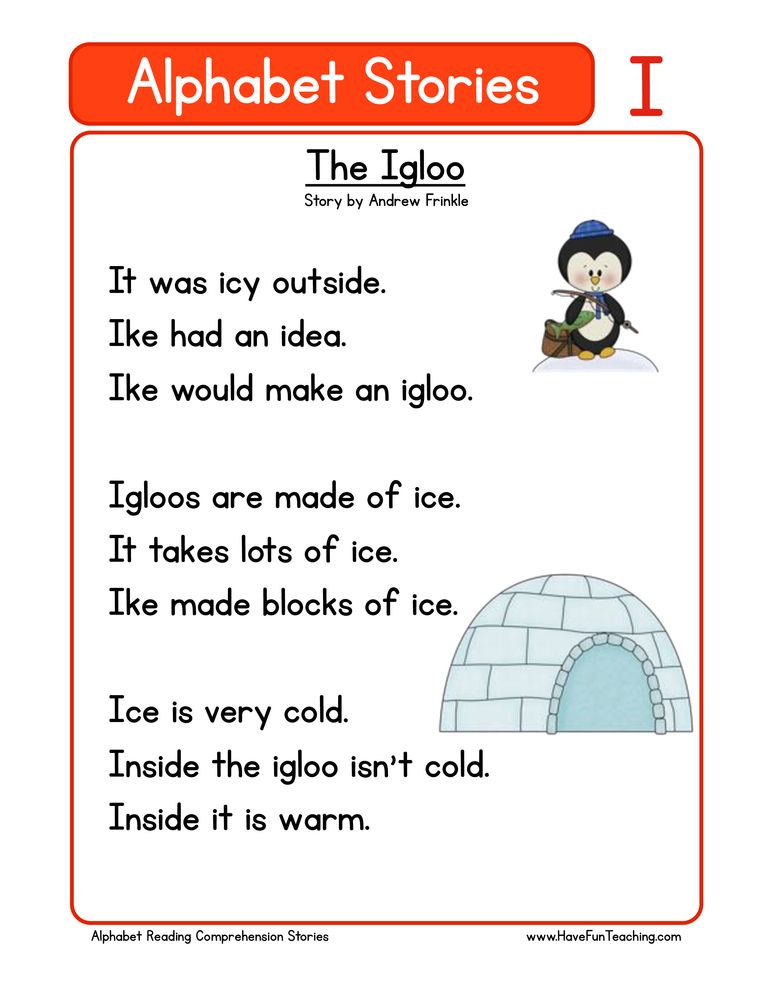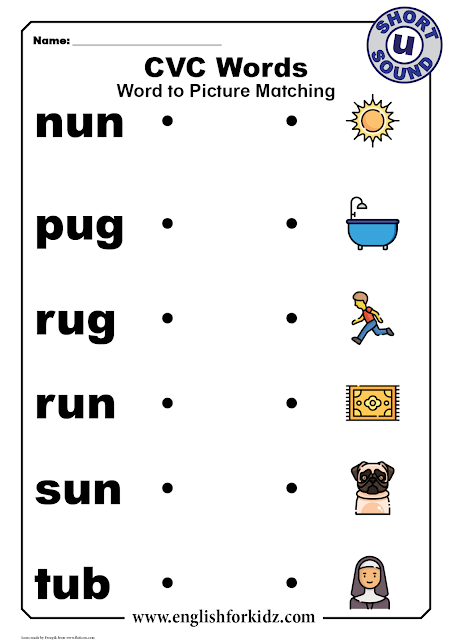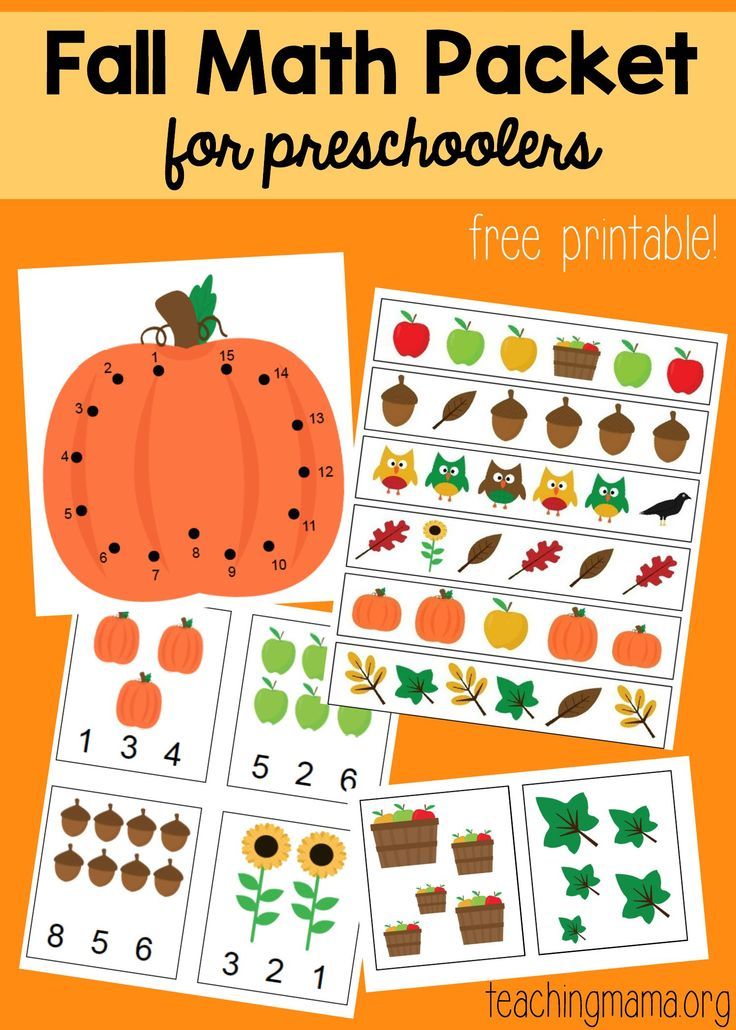Techniques to teach vocabulary
7 Creative Strategies To Improve Vocabulary Teaching
Vocabulary skills are critical to each student's academic achievement. In and out of the classroom, student success depends on grasping reading comprehension and English language development. Effective vocabulary strategies help you educate children as they learn new words.
Developmental delays, reading difficulties and infrequent exposure to new words can cause setbacks in student progress. However, most teachers agree that passive learning isn't the best way to help students grow their vocabulary skills.
What teaching strategies should you use instead to streamline vocabulary instruction?
How is vocabulary knowledge developed?
Vocabulary is understanding how to use words in relation to their meaning. Developing new vocabulary involves more than just looking up words in a dictionary and using those words in sentences.
Students' vocabulary grows throughout their lifetime through direct and indirect learning. You can adopt direct teaching methods such as:
- Introducing specific word instruction geared toward increased comprehension and vocabulary.
- Leading wordplay activities that build upon previously learned words.
- Encouraging students to read often to boost their word knowledge and language development.
- Using the dictionary to teach word meanings and asking students to use those words in sentences during class participation.
- Utilizing Cognate Awareness (ELL) to teach kids similar words in English and other languages, such as Spanish. Cognates are two words in different languages that have similarities including spelling, meaning, and pronunciation.
- Making speaking skills a priority when learning vocabulary.
- Reading stories to your students. It helps them to question and learn specific words. Books that contain pictures may help reinforce the 'bigger' words for your students.
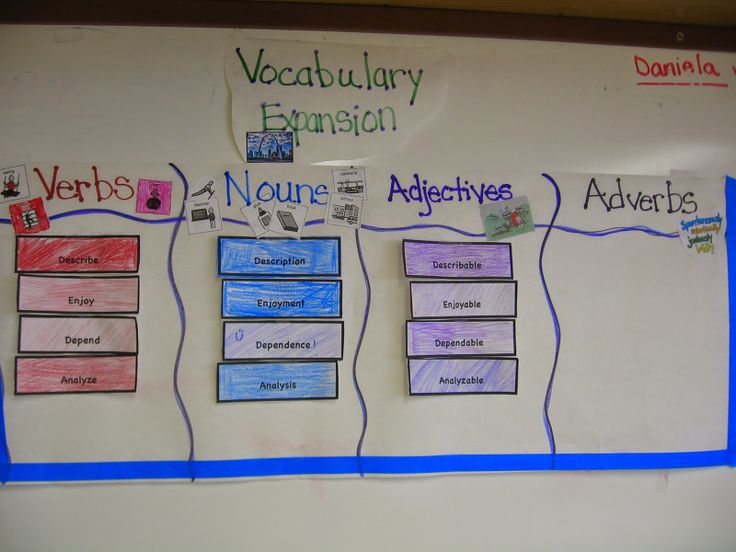
Deepening vocabulary skills takes a lifetime. It’s vital that students understand how to learn new words so that they don't feel singled out if they're struggling to enhance their vocabulary.
Effective vocabulary learning techniques
When teachers use word learning techniques and teaching strategies like dictionary use, morphemic analysis, cognate awareness and contextual analysis, students catch on quickly and can recall new words, synonyms and antonyms. Each of these components builds on their prior knowledge of other words to create their own vocabulary library.
Effective teaching strategies include various methods you can use in the classroom today:
- Expose students to the same word many times to support learning
- Give students the definition of the word and ask them to write that word in a sentence
- Use graphic organizers to define new words
- Teaching kids to be independent and learn how to correct their own errors — it's ok to make mistakes!
- Bring technology into the classroom and use digital tools suited to teaching vocabulary.
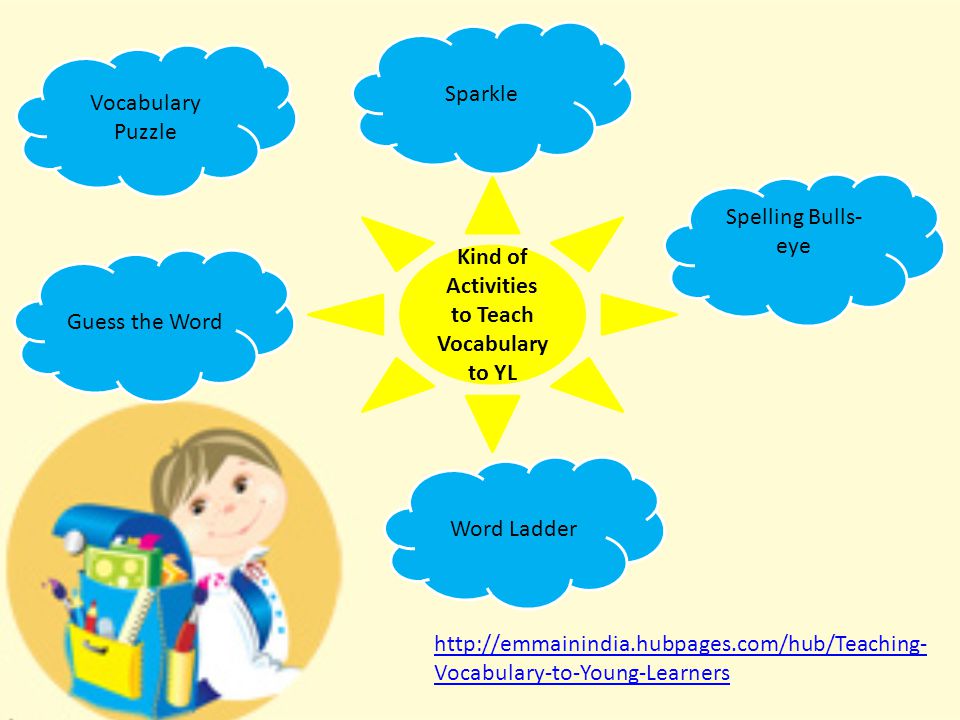
- Let students practice often
Simple and effective vocabulary strategies help your students build an impressive vocabulary. But we have more tactics to share with you!
Be sure to have a look at the comprehensive list of targeted strategies to help you teach vocabulary to your students.
1. Take a student's perspective
You understand what it's like to grow your own vocabulary — you’ve been doing it for many years! With your higher education and experience in reading and writing, there is much wisdom you can pass onto your students.
Adjust lesson plans to accommodate any problems that students encounter as they learn new words. Show them how to take a word they've never heard of before, sound it out and show its use in a sentence or two. They'll pick up on its meaning through the sentences.
One way to level-up this language technique is to take a culturally-responsive approach. And you can do this by framing new words in examples that are familiar to your students whether it's geographically, culturally or socio-economically, for example.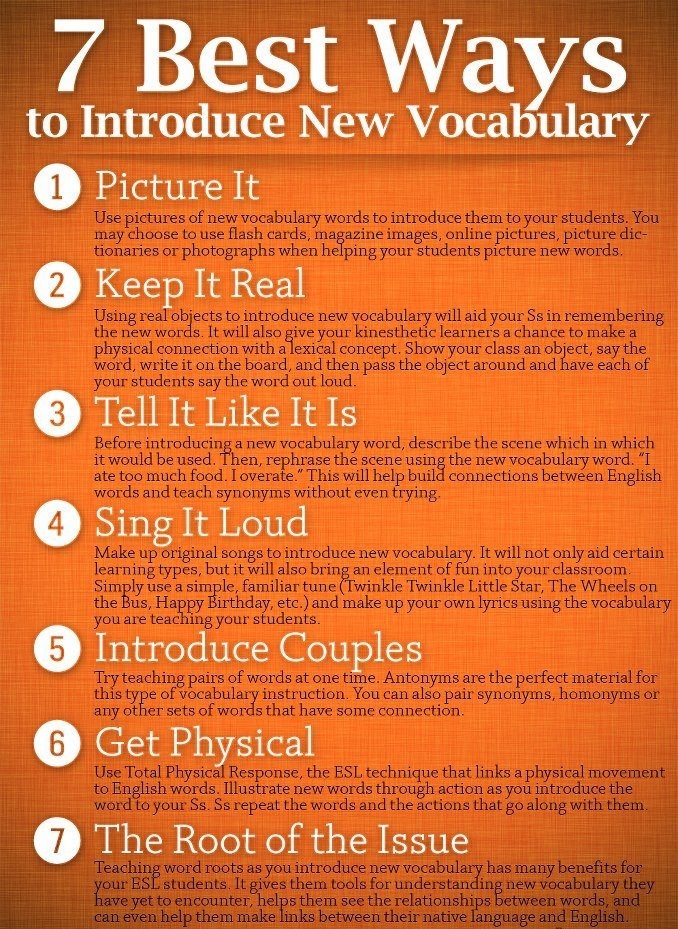
2. Try using a word wall
A word wall encourages kids to focus on learning new words. Word walls are easy to create! Simply type or handwrite a list of words in large letters and hang them up on a bulletin board or a wall where students can see it every day. Be sure to add new words throughout the year so that your students deepen their knowledge of unknown words and their meaning.
Invite your students to take part in creating a bigger wall and add pictures, synonyms and antonyms to each word. If they're having trouble grasping the meaning of specific words, adding synonyms can help ease confusion.
Word walls provide a fun way to increase your students' vocabulary skills.
3. Create vocabulary notebooks
Vocabulary notebooks encourage students to expand their prior knowledge and boost their English language proficiency. Hand out notebooks so that they can jot down new words and their meanings. You can motivate students to think about writing synonyms and antonyms beside each new word.
To make vocabulary notebooks more fun, ask your students to draw pictures or create charts to show how they used a word in a few sentences. It gives them an opportunity to practice that word a few times and reinforce its definition.
And speaking of opportunities, a perfect time for students to practice their language with vocabulary notebooks is during writing periods.
A regular cadence of writing periods coupled with their vocabulary notebooks will encourage students to reflect on the words they’ve learned and to actively use them in their writing to get additional practice.
These vocabulary word books remind students of their advancement. It'll help them realize just how much they've progressed throughout the year.
4. Connect word meanings with semantic mapping
Semantic mapping is a type of graphic organizer that displays a relationship between specific words and phrases.
Select one student to draw a keyword on the chalkboard. Next, encourage students to participate in creating the map and write words that are connected to the keyword. For example, a student or teacher could write the keyword "farm" on the chalkboard. Your students would take turns writing words such as cow, barn, horse, hay and farmer.
For example, a student or teacher could write the keyword "farm" on the chalkboard. Your students would take turns writing words such as cow, barn, horse, hay and farmer.
Semantic maps help build students' vocabulary and reading comprehension. Teachers can add more challenging words each week. As students grow their vocabulary, they'll become confident in their reading and writing abilities.
5. Make word cards
Word cards help students to develop their ability to learn new words and highlight their meaning. There are a few ways you can get students to create their own word cards.
In this example, students can write single keywords on separate blank cards. They'll determine if that word is a noun, pronoun, adjective or verb. Make sure they write the definition below each word. Instruct them to use those words in a few sentences, or turn the word into a quick writing prompt.
Consider putting students into small groups of two to four kids. They can help each other to develop their vocabulary by introducing keywords to each other and asking them to use those words in a sentence.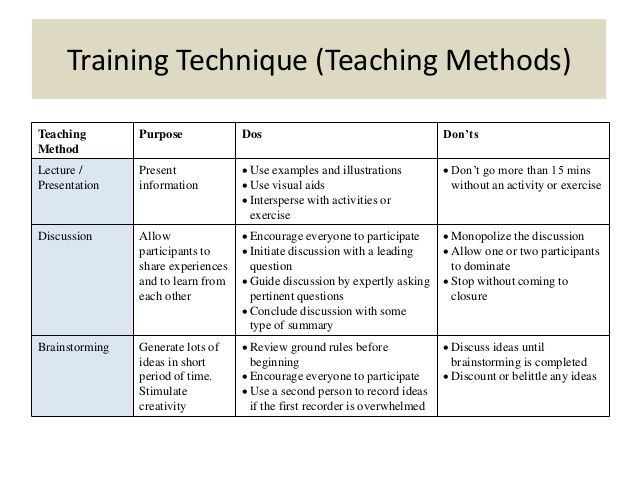
Weekly word cards support English language development and enhance reading comprehension.
6. Encourage reading comprehension
It's crucial to every student's academic success to develop reading comprehension abilities. A variety of teaching methods, combined with consistent reading assignments, should help build comprehension and vocabulary development.
Below, you’ll find a few tips to help strengthen your students' reading comprehension skills:
- Class discussion about books they're reading. Talking about books helps students to remember the stories and promotes comprehension.
- Phonics. Practicing phonics is a fun way for kids to build their vocabulary skills. Phonics helps students master sounds and differentiate between letters that sound the same as "s" and "th".
- Reading grade-appropriate books. Give your students books suited for their grade level. Books should be easy enough for kids to understand the story's meaning but challenging enough to expand their vocabulary.
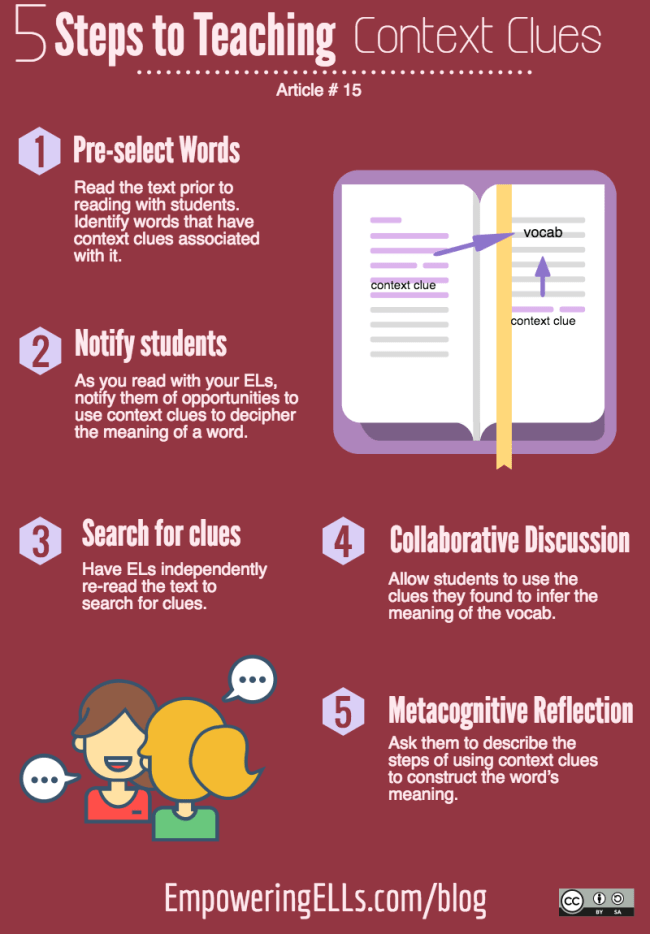
- Read aloud. Get students to take turns reading aloud to help them see words and to hear them, too. They can learn how to pronounce the words as they go. Be mindful of students who might find reading aloud in front of the whole class to be daunting. If any students come to mind, it can help them to read aloud to a partner, teacher, parent or small group.
7. Use visuals and situations
When possible, use meaningful visuals in your classroom. Flashcard tools like Vocabulary Cartoons help students connect words to fun cartoons through memory techniques. This program works well from the elementary grades through to high school.
Use the following visual vocabulary teaching strategies with your students:
- If you've created a word wall, ask your students to make paper flashcards with new words and their definitions. Display the flashcards for the entire class to look at every day. Make sure you change the words each week so that they continuously learn new words and phrases.

- Turn your students into word detectives! This fun activity gets kids to read books while searching for keywords. Hand them a list of keywords to find in the book. When they find the keywords used in sentences, encourage them to use those words in spoken and written sentences.
- Kids love art, so why not get them to create drawings to express their understanding of words? Students can form their own connections to new words through drawings, patterns, and other examples.
Make new words fun to learn! Combine visuals such as graphics and photos with auditory learning to cover a range of learning styles and make it easier for students to learn new words.
Using word-learning strategies
Word-learning strategies allow students to familiarize themselves with words and phrases. Instead of having partial knowledge, they'll learn the meaning of the word and any related words. Students can develop word consciousness with the help of quality reading materials and practical teaching methods.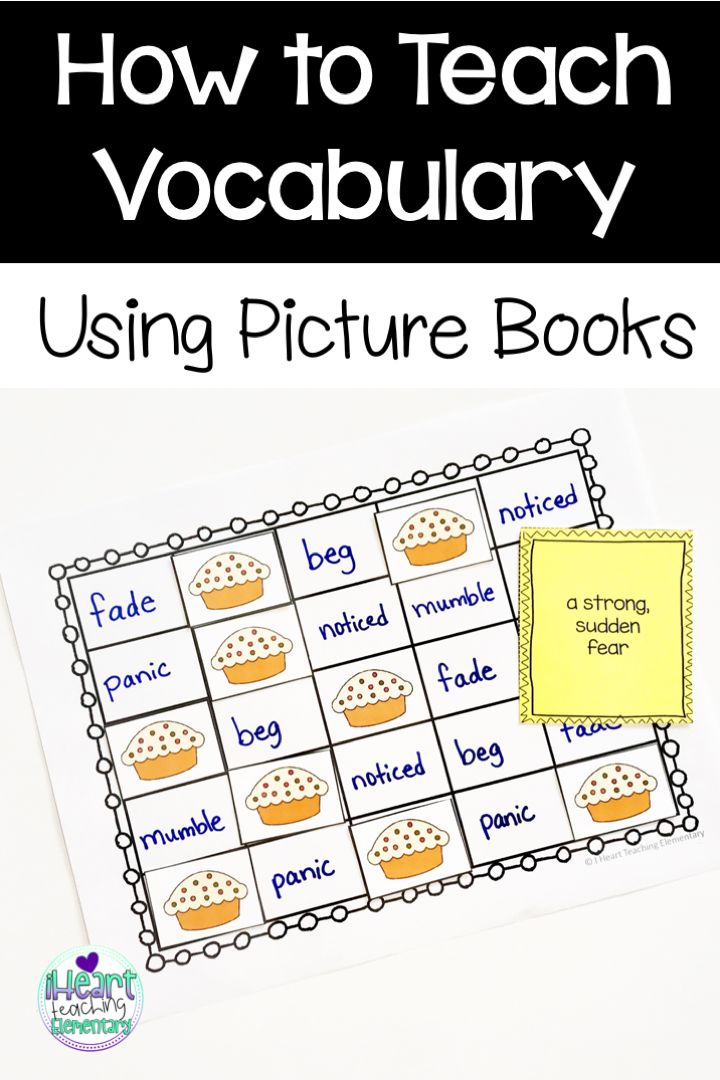
Break down words into meaningful parts
Word parts are root words you can add a prefix or suffix to make a new word.
Allowing students to read keywords and add prefixes or suffixes helps them garner the meaning of those words based on how it's used in a sentence. Give your students opportunities to guess the meaning of word parts to support their vocabulary growth.
Word parts work best for students with a larger vocabulary.
Ask questions about a word
One way for students to learn words involves understanding the definition, how it works grammatically and its subtext. Motivate your students to ask questions such as:
- Does the word have a masculine or feminine version similar to other languages?
- How can I use the word in more than one sentence?
- Does the word have several meanings? Homonyms such as "pen" can mean an instrument to write with, or an animal enclosure.
When students deepen their word knowledge, they'll gain confidence in their ability to strengthen their vocabulary.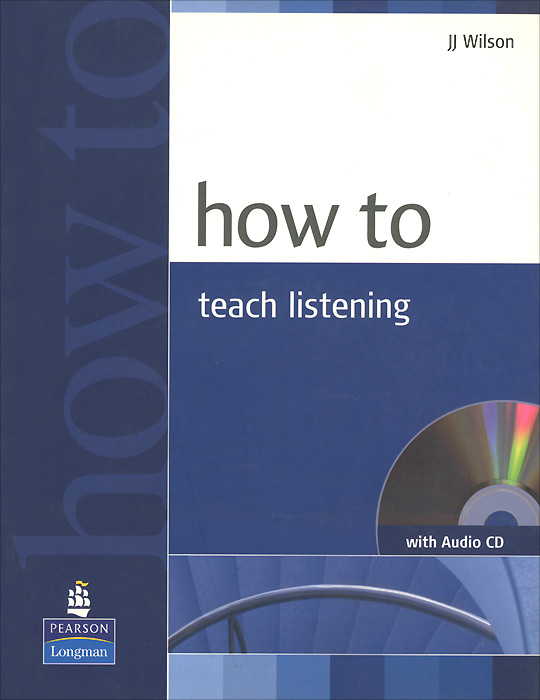
Reflect and practice new words
Some words are easier to learn than others. Inspire your students to test their word knowledge and determine areas where they need help. They might require assistance in boosting their confidence to use those words in sentences or to speak them with confidence. Also consider that they may not fully understand the meaning of those words.
Encourage your students to reflect regularly on new words and use them in their everyday conversations. This is where vocabulary notebooks come in handy to build word knowledge!
Additional vocabulary activities
Bring words to life through vocabulary development activities! There are lots of fun things you can do in the classroom that encourage students to practice vocabulary.
Try these activities to boost kids' vocabulary skills:
- Guided word sorting. Give your students a list of words to sort into various categories, such as parts of speech (noun, verb, etc.
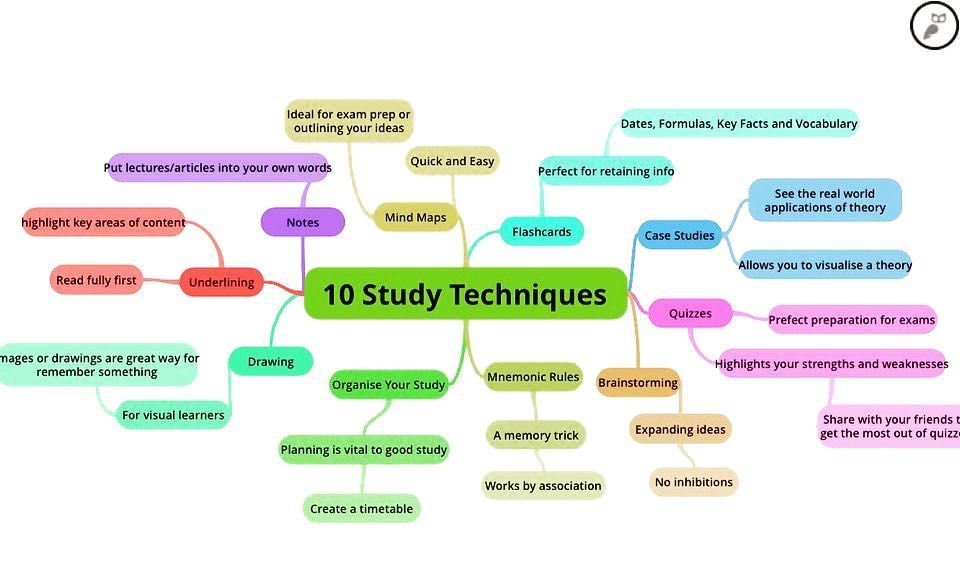 ), geography (cities, towns), or something they can relate to. Students develop an understanding of new words as they group them into categories. Turn word sorting into a fun game!
), geography (cities, towns), or something they can relate to. Students develop an understanding of new words as they group them into categories. Turn word sorting into a fun game! - Word fixes (on-purpose errors). Use a word incorrectly in a sentence and ask your students to correct the mistake. Choose one or more students to write the word correctly in a sentence and share it with the rest of the class.
- Make mind maps. Mind mapping involves the use of colored pencils and pens to create a graphic of how the keyword connects to other words, similar to the semantic map.
With these fun activities, vocabulary isn’t just another spelling quiz — it’s a core part of your instruction that supports everything else you teach.
Prodigy English is a brand-new adventure that helps students master key vocabulary skills in a world of their very own.
Every correct answer gives students more energy they can use to gather resources, craft items and build their very own village! Create your free Prodigy teacher account to track student progress, send assignments and help build a love of learning.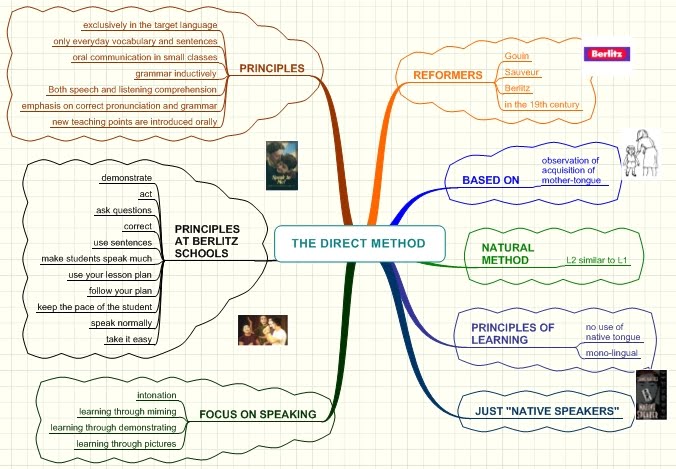
4 Strategies for Teaching Vocabulary to your Students - Classcraft Blog
In a previous blog, we explored ways to teach vocabulary and why explicit instruction is necessary. This time we are going to look into strategies to give students a deeper understanding of vocabulary.
You likely understand that merely repeating definitions from a dictionary is not an effective way to teach vocabulary to your students, yet this practice is often the first method that comes to mind in the context of our classrooms.
In 2003, researcher E.D. Hirsch noted the importance of teaching literacy in schools: “It is now well accepted that the chief cause of the achievement gap between socioeconomic groups is a language gap.” Consider vocabulary instruction as one way to level the playing field for all of your students.
Teaching vocabulary: strategies1. Put yourself in your students’ shoesTo teach your students vocabulary (or anything) effectively, you’ll need to see things from their perspective. Because while you may have known the meanings of words like fortuitous or incremental, your students might not — consider your level of education and the number of years you’ve had to gain exposure to literature. If you’re an avid reader, it’s even more likely that you’ve developed a robust vocabulary.
Because while you may have known the meanings of words like fortuitous or incremental, your students might not — consider your level of education and the number of years you’ve had to gain exposure to literature. If you’re an avid reader, it’s even more likely that you’ve developed a robust vocabulary.
According to Steven Stahl’s publication on vocabulary learning, a person’s understanding of various vocabulary words likely fits into four categories:
- I have never seen that word before.
- I don’t know what it means, but I have heard of it.
- The context helps me know if it has something to do with X.
- I understand and use it.
Stahl uses an example cited from Atlantic Monthly so adult learners can remember what it feels like to be in that vocabulary acquisition process. Consider the word vicissitude in the following context:
“America’s permanent election campaign, together with other aspects of American electoral politics, has one crucial consequence, little noticed but vitally important for the functioning of American democracy.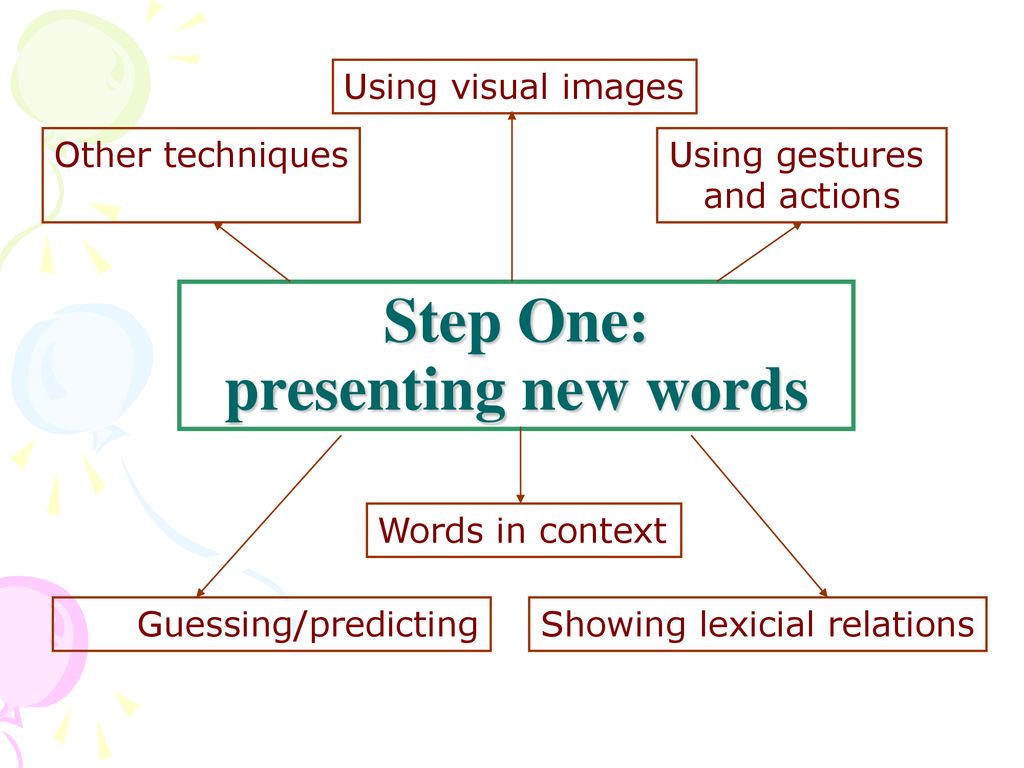 Quite simply, the American electoral system places politicians in a highly vulnerable position. Individually and collectively they are more vulnerable, more of the time, to the vicissitudes of electoral politics than are the politicians of any other democratic country. Because they are more vulnerable, they devote more of their time to electioneering, and their conduct in office is more continuously governed by electoral considerations.”
Quite simply, the American electoral system places politicians in a highly vulnerable position. Individually and collectively they are more vulnerable, more of the time, to the vicissitudes of electoral politics than are the politicians of any other democratic country. Because they are more vulnerable, they devote more of their time to electioneering, and their conduct in office is more continuously governed by electoral considerations.”
Which category from the list above do you fit in for the word vicissitude? Why? Can you gain any meaning from the context? What measures would need to be taken for you to fully understand and include the word in your writing and speech?
Vicissitude is described in the dictionary as “a change of circumstances or fortune, typically one that is unwelcome or unpleasant.” In a traditional classroom setting, you’d be expected to write the definition repeatedly, find it in a word puzzle, and then be tested, likely matching words to definitions. But that’s ineffective — let’s look at a better way.
When introducing a new term, teachers should:
- Supply illustrations, descriptions, examples, AND anecdotes — the keyword here is AND. Students need to interact with words in both an auditory and visual way. If possible, have students physically interact with the vocabulary, such as performing physical actions to represent the word. Kinesthetic learners would remember a word’s meaning easier if there was a specific action tied to it. For example, for the word jocular, meaning characterized by joking, humorous, or playful, students could pantomime laughing uncontrollably. In the earlier example, finding other texts where vicissitude is used and comparing it to synonyms and antonyms could be helpful. A myriad of websites can help with this process. Here is one particular website that has vicissitude used in quotes, poetry, text, and in the news.

- Consider ways to transition between grammatical forms, explicitly teaching roots and affixes of words. Think of connections to easily confused words related to the one at hand, and try to clear up any confusion your students might have. In our example, you’d review the root “vic” and find that it means change, substitute, and deputy; this would be a good start when looking for connections. Discussing the adjective form, vicissitudinary, can also help students connect affixes and possible uses of the word.
- Have students develop their OWN connections, illustrations, and examples. In the final step of direct instruction, students need to personalize the information and capture experiences to develop a growing understanding of the contexts in which words can be used. For example, if a student heard the word wrangle used in one of their favorite movies, have them sketch the scene and describe why wrangle was chosen by the scriptwriters.
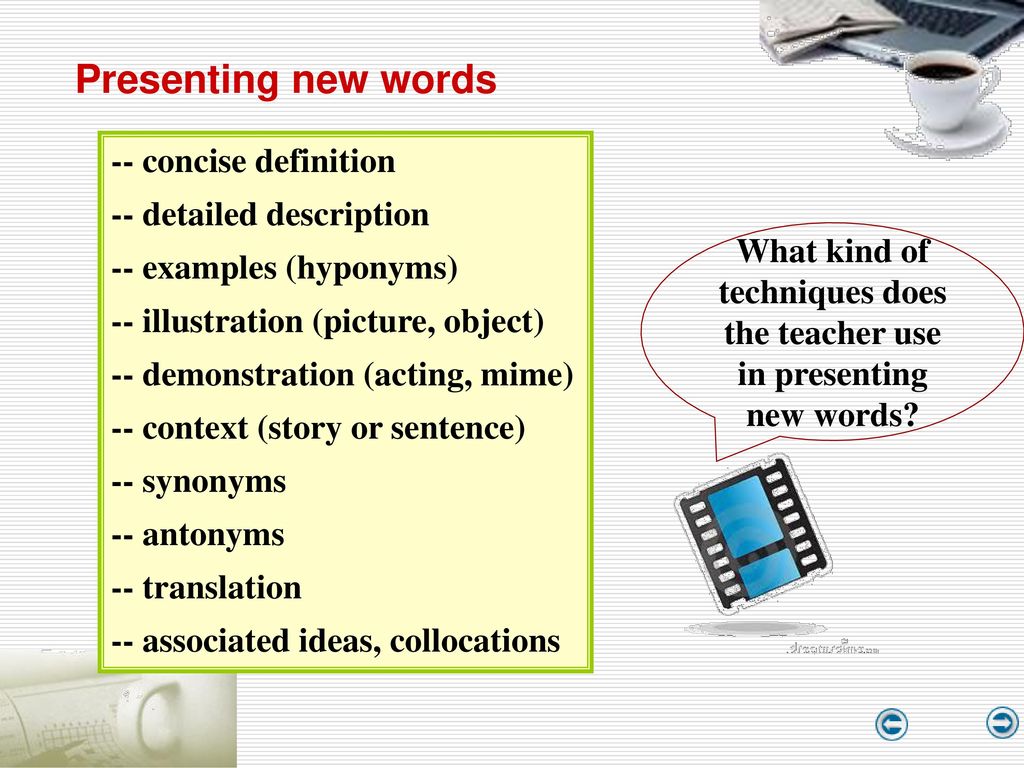 For our term, I wondered if vicissitude had anything to do with victim. The prefix vic certainly helped me make this connection, but I can also see a loose connection based on the definitions of the two words. This simple inquiry could help me to both better understand and use the term vicissitude.
For our term, I wondered if vicissitude had anything to do with victim. The prefix vic certainly helped me make this connection, but I can also see a loose connection based on the definitions of the two words. This simple inquiry could help me to both better understand and use the term vicissitude.
One graphic organizer that can help with direct vocabulary instruction is the Frayer model. This model asks students to define the word, give characteristics of the word, list examples and non-examples of the word, and, in some cases, create an illustration to accompany the word. As helpful as the Frayer Model is, this, too, can turn into a rote, ineffective practice if a teacher overuses it or neglects the best practices for direct vocabulary instruction.
3. Indirect vocabulary instruction is keyStudents can learn vocabulary from hearing and seeing words repeatedly in different contexts. This includes exposure to vocabulary that is encountered in an independent reading book or heard in conversation, whether that be in person, in a movie, or online.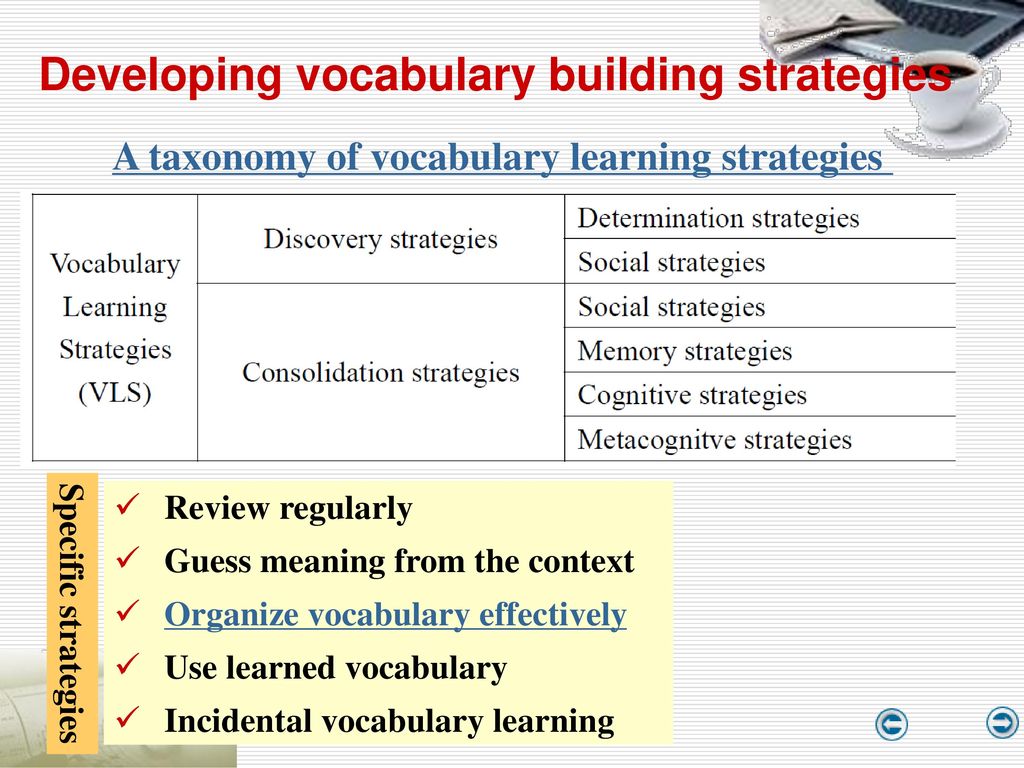 Reading aloud to students, especially those with disabilities, can indirectly instruct vocabulary as well.
Reading aloud to students, especially those with disabilities, can indirectly instruct vocabulary as well.
What are some ways students can practice vocabulary without just copying definitions from the dictionary? Let’s take a look at a few.
- Sorting — Guided word sorts consist of telling students the categories in which to sort a list of words. This could be “adjectives,” “nouns,” etc.. For example, students might sort words related to ancient Egypt into people, places, the process of mummification, religion, and agriculture based on the context of the word. The teacher can even give clues, such as “There should be four words in column one and three in column two.”Free word sorts allow students to make categories themselves based on their own observations and methods of grouping. Some students may come up with a completely unique method of classifying the words, which helps them create their own understanding of the words.
 This works better with certain word lists and when students have experience with the sorting process.
This works better with certain word lists and when students have experience with the sorting process. - On-purpose errors — The teacher or a member of a small group uses a vocabulary word incorrectly in a sentence (either aloud or in print). Students are then tasked with determining which word fixes the mistake and should replace the erroneous word in the sentence.
For example: “The vexed businessman was shocked at how quickly the value of his stocks rose.” To fix the error, students would need to replace vexed with incredulous (or one of its synonyms). - Word races — Even older students like a good game. Have students line up in teams and set up the parameters of the game. Then, you could say the definition and have the students race to the whiteboard to write the word. You could make this more complex, too.
For example: “Write the adjective form of the word that means having a quality deserving of praise, honor or distinction. ” Students write: glorious (changing from the base word glory).
” Students write: glorious (changing from the base word glory). - Mind mapping — Mind maps allow visual representations of connections through the use of branches (like a tree) or colors or pictures. Students can use pencil and paper or digital tools to create a semantic map of how they connect to the vocabulary words. Some might choose images. Some might choose song lyrics, colors, or a tree. This is where with instruction, individuals can develop their own creative methods of building a vocabulary.
- Inquiries — Like my example above in step three of direct vocabulary instruction, sometimes allowing students to research their own questions about a word can help them build stronger connections. Find out what they’re wondering about. See what they assume about or connect to the word (possibly erroneously!), and spend time researching any questions they have (if you don’t already know the answers).
Vocabulary instruction is often overlooked as necessary or important in our classrooms. However, it can serve as an equalizer and an important asset for our learners. Moving away from the dictionary-copying model of instruction and toward explicit, direct instruction of vocabulary is a necessary change to empower our students for long-term academic success.
However, it can serve as an equalizer and an important asset for our learners. Moving away from the dictionary-copying model of instruction and toward explicit, direct instruction of vocabulary is a necessary change to empower our students for long-term academic success.
Photo credit: Ben Mullins; pulkit jain / Unsplash.com
5 vocabulary development exercises
How pleasant it is to listen to eloquent and competent speech when a person knows how to choose the right words and accurately describe his thought. And illiterate, “poor” speech, which is quite difficult to understand, cuts the ear just as much. It is a large vocabulary that is a sign of intellectual development and can help you in learning, working or speaking in front of a large audience.
Before starting the study of exercises to increase vocabulary, let's look at the types of vocabulary:
- Active vocabulary. These are the words that we use in everyday life when communicating with friends, family, colleagues.
 When writing letters, SMS in chat, social networks. When we speak, we do not think about the words and do not put effort into constructing sentences.
When writing letters, SMS in chat, social networks. When we speak, we do not think about the words and do not put effort into constructing sentences. - Passive vocabulary. These are words that we know, but do not use in conversation. As a rule, the passive reserve can be 2-3 times greater than the active one. On occasion, we can search in our head and find the right words, but we do this very rarely.
- External vocabulary. These are words we don't know. Usually these are specific words from the professional field of activity.
It is rather difficult to set clear boundaries in the vocabulary. Children's vocabulary can average 1000 words, adults have 10 times more. Erudite people who are constantly engaged in self-development, read a lot of books and constantly study, have a vocabulary of up to 50,000 words. Therefore, we have selected such universal exercises to expand the active vocabulary that schoolchildren, students or specialists can perform.
- Alphabet exercise.
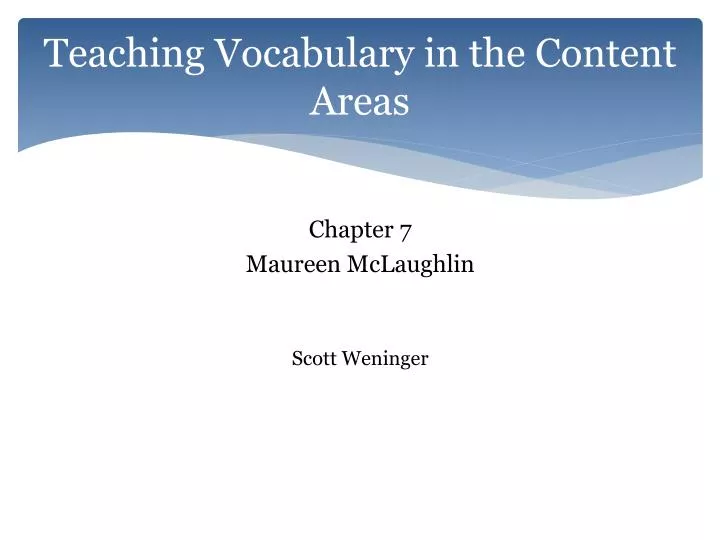 You need to come up with a sentence in which all words will begin with the next letter of the alphabet. Example: "Alina runs in the thick of trees." Try to make long sentences using words from A to Z.
You need to come up with a sentence in which all words will begin with the next letter of the alphabet. Example: "Alina runs in the thick of trees." Try to make long sentences using words from A to Z. - Noun exercise. Make up a story and tell it using only nouns. "Morning. Water. Walk. Dog. Tea. Breakfast. Underground. Job. Meeting. Tasks. Dinner."
- Exercise "Verbs". Repeat the previous exercise, only using verbs instead of nouns.
- Exercise "Adjectives and adverbs". Also invent a story, just voice it now with the help of adjectives and adverbs.
- Exercise "Monophone". Remember all the words that start with the letter A and come up with a sentence with them, keeping the meaning. And do this with all the letters in the alphabet.
These exercises will be difficult to complete at first, so don't give up too soon. Each time, it will be easier for you to come up with stories and look for the right words. You will find even more useful information on the website "Russia - the land of opportunities".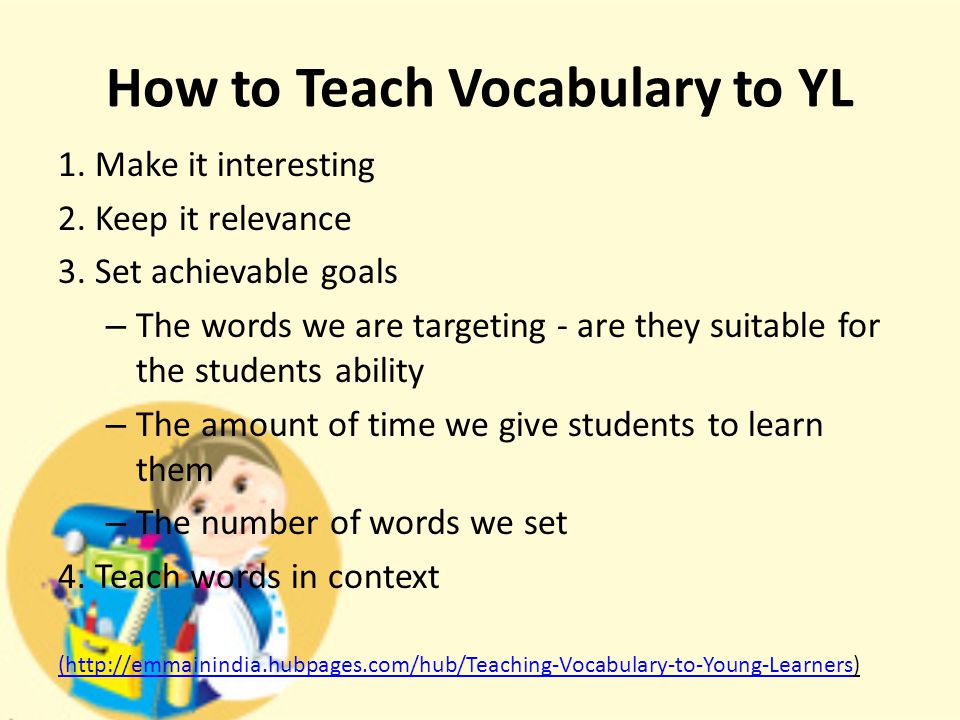 The platform hosts free online courses, webinars on marketing, PR, charity, management, psychology, and finance. Follow the link to register on the site and get access to unique programs.
The platform hosts free online courses, webinars on marketing, PR, charity, management, psychology, and finance. Follow the link to register on the site and get access to unique programs.
Techniques for increasing vocabulary
In this article we will talk about various approaches, methods and techniques for replenishing the vocabulary of English words, memorizing them faster and more confidently retaining them in long-term memory.
First of all, it is necessary to realize that the work of enriching and maintaining in the form of a stock of foreign words is one of the key blocks in learning a language, along with mastering grammar, listening and speaking practice.
That is, relatively speaking, even if you have perfectly mastered all 12 tenses of English (someone is of the opinion that there are as many as 24 of them!), then this loses its value if you simply do not know the specific words with which the sentence is built .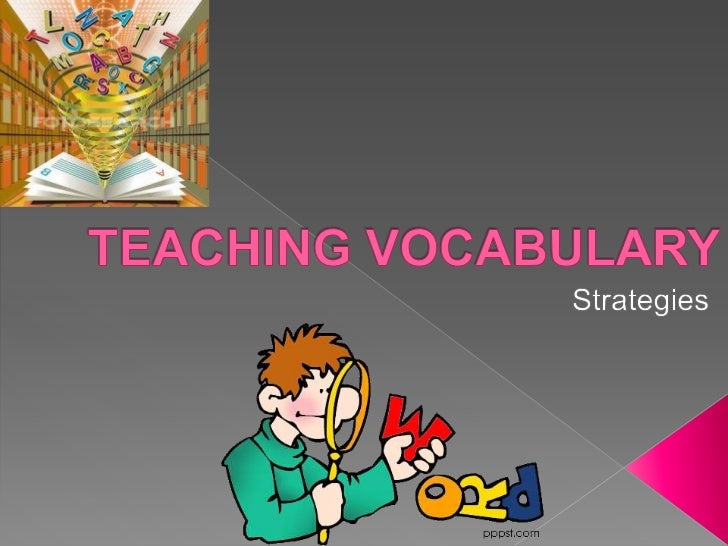
And vice versa, you can poorly understand the grammatical structures of English speech, but "pick up" various words and be able to quite informatively and tolerably explain yourself abroad, especially when it comes to communicating with a non-native speaker. A classic example of such a variant is communication abroad of our tourists at the level - "How mach", "Ay wont zis ti-shert", "an mor bir", etc.
Of course, these examples are exaggerated, but they allow showing 2 different conditional boundaries of language proficiency. As practice shows, the truth is in the middle - understanding the basics of grammar with a confident vocabulary.
From the above, I would like to conclude that learning and repeating words is not a whim of teachers, but a conscious need for any language learning. Therefore, let's dwell on this issue in more detail.
1. DO YOU KNOW THE MOST ESSENTIAL, COMMON WORDS?
Often, even from school, we have some fragmentary knowledge and words of English that have nothing to do with real life. Many of us learned English proverbs in childhood, but don't know how to say "ironing board" in English (do you know, by the way? :)
Many of us learned English proverbs in childhood, but don't know how to say "ironing board" in English (do you know, by the way? :)
plane of knowledge of subjects in English.
Do a little experiment. Look around the room where you are now and make a list of at least 50 Russian words of what you see (ideally at least 100 words). Then, next to each word from the list, try to write their English equivalent. If you managed to remember the translation of at least 80% of the words, then this is a good result. Anything less deserves close attention. After all, these are not some highly specialized words from certain professions or fields of activity, these are the things and objects that surround us all the time and whose names in English will be useful to you first of all in a real situation.
Do this practice all the time, in different places (airport, cafe, cinema, at work, at home, etc.) and write it down, write it down, write it down. Make a list of Russian and English words in parallel. At the same time, you will understand which 500-700 words are the most common in everyday life.
Make a list of Russian and English words in parallel. At the same time, you will understand which 500-700 words are the most common in everyday life.
Choose a translation for these words and memorize them. So you will enrich your language with real, everyday and really necessary words.
2. PERMANENT WORK WITH YOUR OWN POCKET DICTIONARY
Here you have to accustom yourself to always take a pocket dictionary with you and write down everything new in it. We sincerely advise you to still use a small notebook (preferably just empty inside, without rulers and cells), which will fit into any bag or jacket pocket, maybe writing a word with a pen stimulates the brain to memorize better.
If you are serious about learning a language, make it a habit to always take such a dictionary with you. Have you come up with a new word that you don't know how to say in English? Immediately write it down in the dictionary, you will find the translation at home later. Heard a new expression in English? Feel free to write it in a dictionary. Strive to absorb new knowledge with the help of a dictionary at every convenient situation.
Heard a new expression in English? Feel free to write it in a dictionary. Strive to absorb new knowledge with the help of a dictionary at every convenient situation.
Also, this dictionary can be read when traveling in transport, working breaks, lunch, etc.
Enjoy working with your pocket dictionary. Let it be your guide to the world of new English words.
3. SYNONYMS, ANTONYMS
Take a list of 50 words you have learned in the last week. Try to write a synonym, an antonym, or just related words that are close in meaning. For starters, in Russian. Then translate them into English and put them in your dictionary. With such a creative technique, you can replenish your vocabulary for a long time and effectively.
4. LEARN GROUPS OF NEW WORDS
Learn at once groups of words connected by a single context. For example "Parts of the body", "Astronomy", "Furniture", "Weather", etc. This practice is widely used by almost all language schools in the world, as well as by the largest English publishing houses in the field of language teaching.
This practice is widely used by almost all language schools in the world, as well as by the largest English publishing houses in the field of language teaching.
This approach allows you to effectively cover a whole layer of English words on a certain topic at once. Let's give a little advice - if you are new to learning English, then, nevertheless, start with simple, widely used categories, like: "Transport", "Utensils" and so on. No need to immediately start learning words from the field of politics, music or biology :)
This will only confuse you. Start small. Master your first 500 "simple" words. Then you can add something more narrowly specialized.
Everyone works on memorizing English words in different ways. It is convenient for someone to run through their eyes for a couple of minutes before going to bed, someone makes crossword puzzles with them, someone reads aloud - in general, there are a great many methods here.
5. COMBINE WORD MEMORY TECHNIQUES
In order for the process of replenishing your word box not to turn into a boring routine, start combining different methods.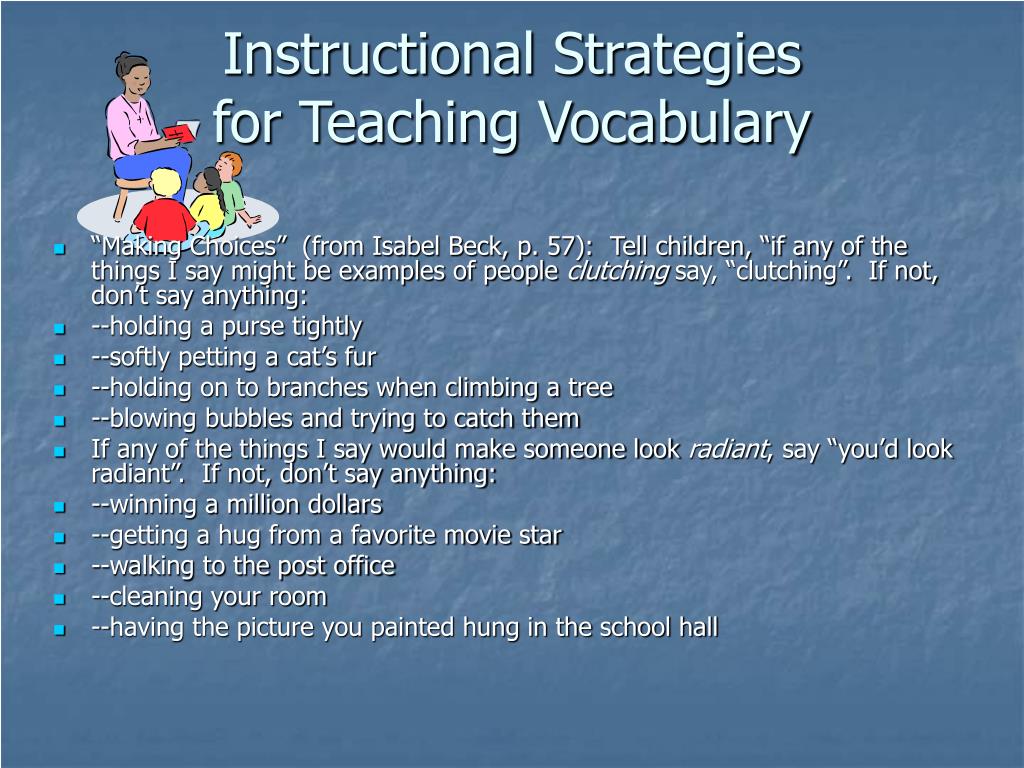
For example, one day you can read all the words aloud with maximum attention to pronunciation, the other day you can just read them in English and try to remember the translation. Sometime, it will be appropriate to try to write one small sentence with each word.
In general, do not focus only on learning words from a textbook, or daily cramming. Add creativity to this process. Make learning English more varied. However, do not forget that even when combining different techniques, this must be done with a due degree of consistency and diligence.
6. A FEW NEW WORDS A DAY FROM YOUR FAVORITE BOOK
Find some small work, originally written in English, preferably 50-100 pages long, which you have already read in Russian. It could be a short story or a collection of poems.
Start re-reading this work (only now in English, not in Russian), but following one uncomplicated method. Read the story every day and write it down in your dictionary every new word that you don't know.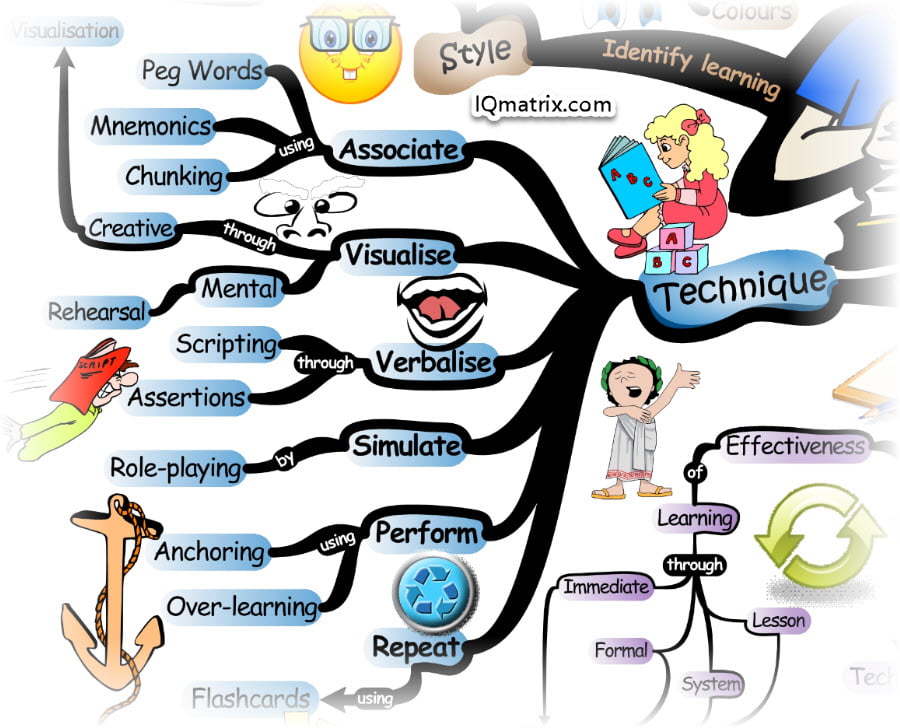 And so on, until you reach 5 new words.
And so on, until you reach 5 new words.
At first it can be some 3-4 lines, which will just fit your 5 new words. Don't worry that your vocabulary runs out so quickly. First of all, you have already read this book, so you don’t have to worry about misunderstanding the meaning of individual sentences or the general convoy of the plot (therefore, it is advisable to take a work that you know well).
Such reading, as a rule, takes from 2 to 10 minutes, depending on the level of knowledge in English. This time is usually enough to see and write down 5 new English words. But there is an important point here - do it effectively every day. Yes, 5 minutes. Yes, only 5 new words. But every day.
Imagine, in a month it will be 150 new words. And in 1 year this figure will exceed one and a half thousand :)
The main thing here is to follow 3 rules:
1. You know the book well
2. The book is small (50-100 pages)
3. Only 5 new words and STOP .